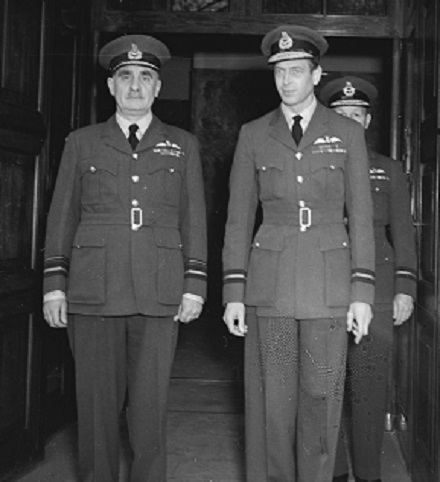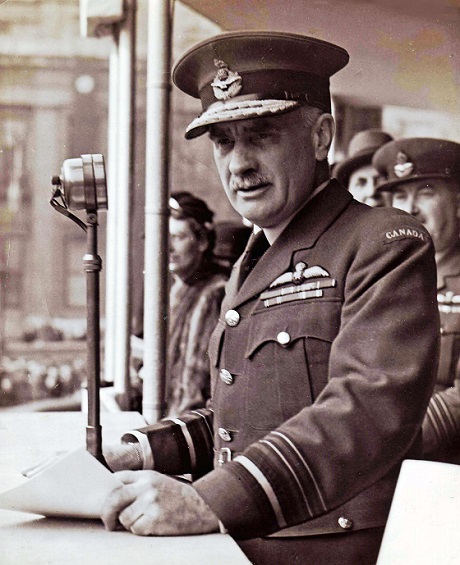The Second World War (1939-1945) - part 13

Air Marshal Gus Edwards left a mark on the Royal Canadian Air Force (RCAF) that lives on to this day. And in 2011, Legion magazine named him one of the most 25 influential Canadian military leaders.
He was a champion of Canadianization and, while serving as Air Officer Commanding-in-Chief of RCAF Overseas, he fought to have Canadians serve together in their own squadrons under Canadian command. This eventually led to the formation of No. 6 Bomber Group and dozens of RCAF fighter squadrons. He was also in charge of the “monumental personnel management aspects of the British Commonwealth Air Training Plan (BCATP) when it began”, according to Canada’s Aviation Hall of Fame.
Born in England in 1892, he immigrated to Canada and left school at age 14 to work in a Cape Breton coal mine. He fought in two world wars (and was shot down over France and taken prisoner in 1917), worked on the aerial mapping of Manitoba between wars, and oversaw the development of RCAF Station Dartmouth (now 12 Wing Shearwater, Nova Scotia).
Edwards died in 1952, but was refused burial in the military section of Beechwood Cemetery in Ottawa because he had not died on active service. In June 2012, that wrong was righted, and Edwards was reinterred in the National Military Cemetery (NMC) in Beechwood. The day before he was laid to rest in the NMC, Gus Edwards was inducted into the Canada’s Aviation Hall of Fame.

A/V/M Edwards (left) with HRH the Duke of Kent, who was visiting the RCAF Headquarters in London, May 1942.

A/V/M Edwards